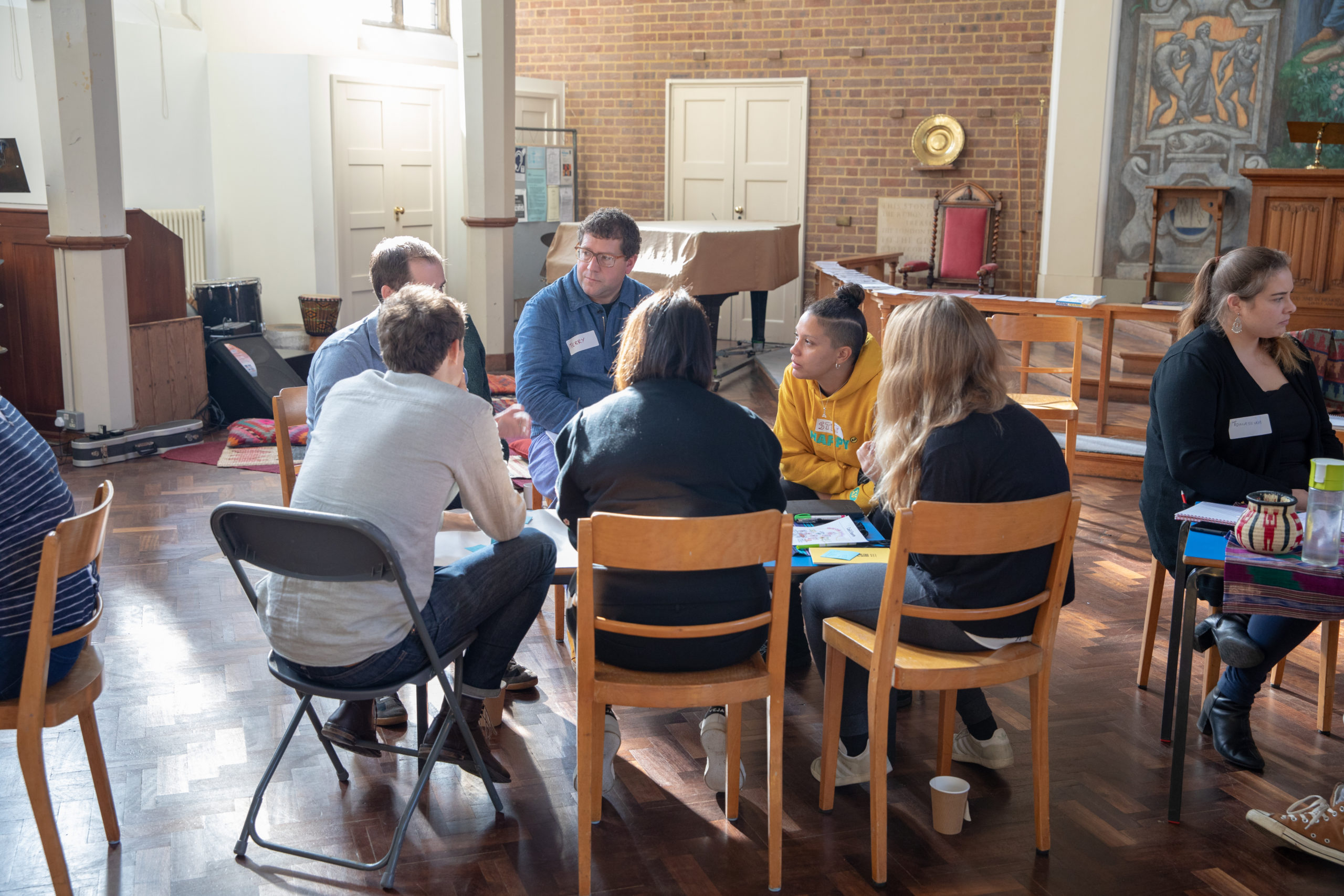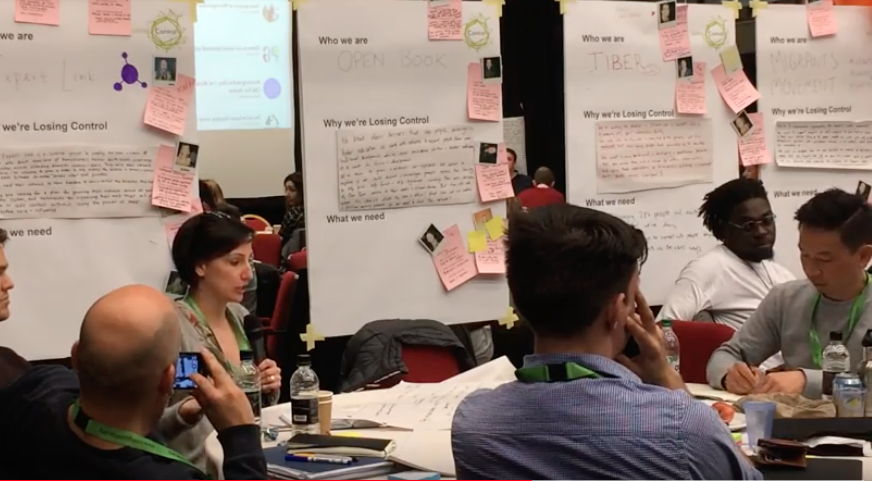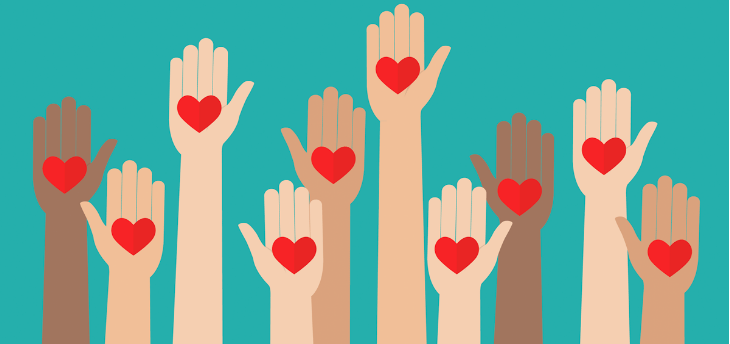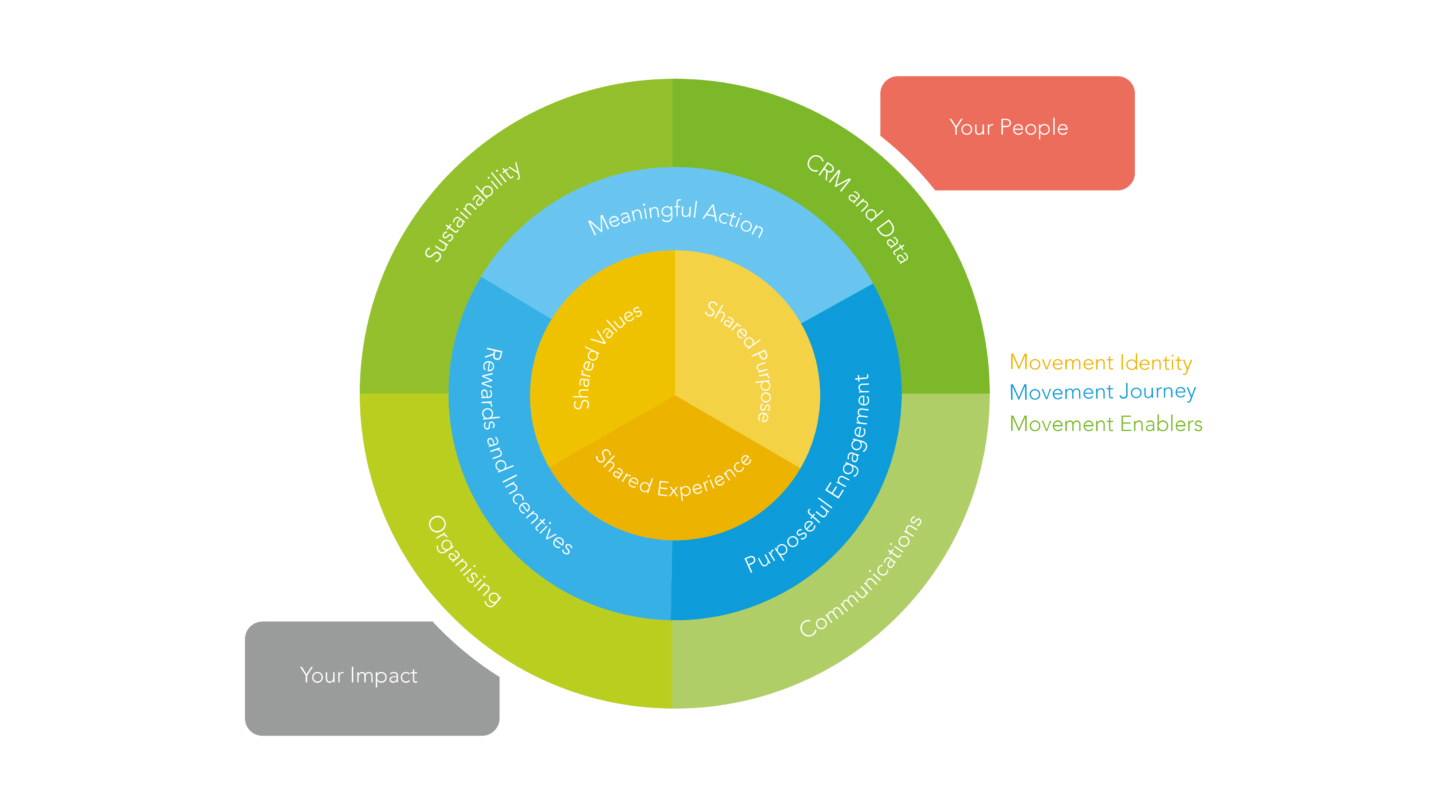Learning From A Community-Led Approach To Helping Women In Africa
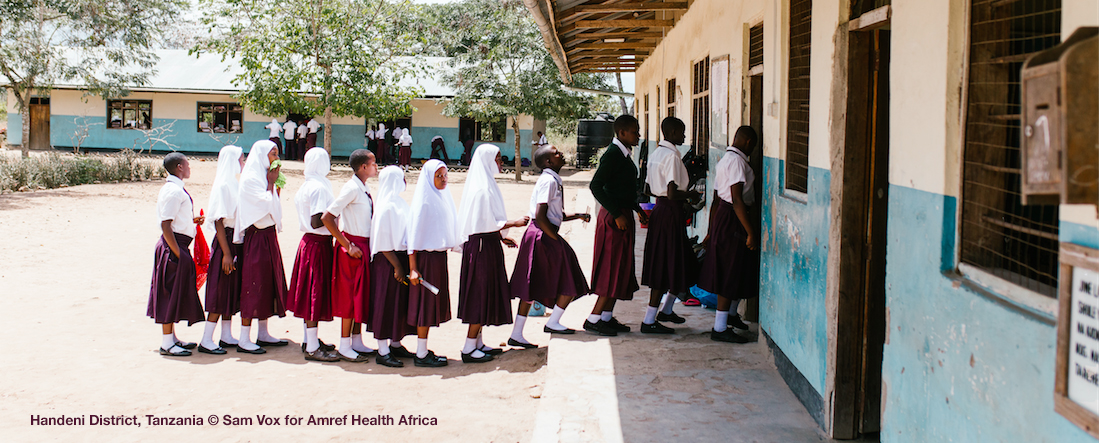
Ahead of International Women’s Day, we spoke to Frances Longley, Amref UK’s CEO, about creating real change for women and girls in Africa. Here, she gives us three top tips for using movement-based, community-led approaches to achieve social progress.
1) Help women and you’ll help everyone
“What’s very widely accepted is that women tend to be the linchpin of health in their families and communities. Women do more of the caregiving and the child-raising. They end up making a lot of the decisions. They’ll be the ones to come to the clinic and the ones taking care of the child or elderly relative at home.
They are also themselves underrepresented and underserved in terms of their own health. So any increase that you manage to secure for them has a dramatic effect. Helping a woman is vital to changing the health of a whole community. You can achieve double the impact by focusing on strengthening that individual woman.”
2) Change may not come in straight lines, so see the bigger picture
“You need to be prepared to look at the whole picture. Improving maternal health may be an obvious win for women, but the way to do this might not be so straightforward.
In Northern Kenya, we ran a project improving maternal health, but all the women were saying, “This is great but we don’t have enough to eat, we do want to be doing family planning, but something else is more pressing right now.”
In response, we set up a community farm project. The women started growing food to eat themselves and also things to sell. We ended up being able to educate the women about good nutrition for their children and their families, which is crucial for new babies. It had a really direct impact on a lot of those things, but also built up a lot of connection and trust between our staff and the women in the community.”
3) Networks are everything!
“We work really closely with communities, typically starting with women and girls and spreading out. Once you create some impact, it gradually becomes structural.
‘Its interesting seeing what an interconnected approach gives you. Rather than having a project over there about nutrition and a project over there about maternal health, if you bring it together and really look at the levers and barriers, you can do something truly interesting.”
Sign up to our newsletter for more insights and news from the world of social change
